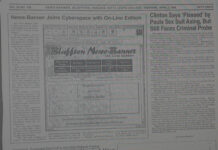Having imbibed — some might say over-imbibed — in property tax issues for the past couple years, it has been interesting to follow developments the past month or so as the candidates for governor weigh in with their proposals for some sort of a reformation. While we have been tracking some significant increases for homeowners…



